Home>Articles>How To Remove Oil Stains On A Concrete Driveway
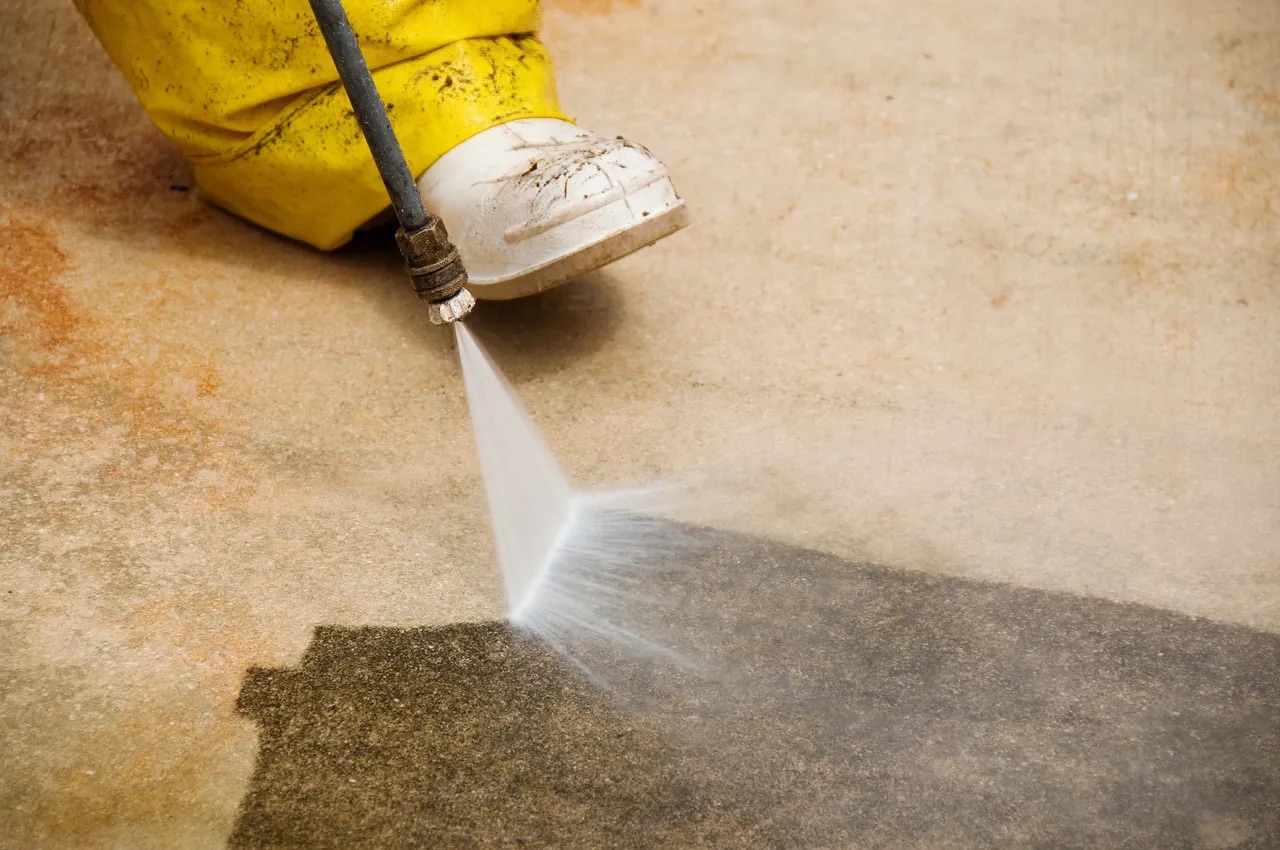

Articles
How To Remove Oil Stains On A Concrete Driveway
Modified: February 23, 2024
Learn effective methods for removing stubborn oil stains from your driveway concrete in our informative articles.
(Many of the links in this article redirect to a specific reviewed product. Your purchase of these products through affiliate links helps to generate commission for Storables.com, at no extra cost. Learn more)
Introduction
Welcome to our guide on how to get oil stains off the driveway concrete. Oil stains can be a pesky and unsightly nuisance, whether they’re caused by a leaky car or spilled motor oil during a DIY project. But fear not! With the right tools and techniques, you can effectively remove those stubborn oil stains and restore the beauty of your driveway.
Before we dive into the various methods and solutions for oil stain removal, let’s take a moment to understand why oil stains can be so challenging to remove from concrete surfaces. Concrete is a highly porous material, which means that when oil spills onto it, the liquid seeps deep into the tiny pores and leaves behind a stubborn stain.
To effectively remove these oil stains, we’ll need to use methods that not only lift the stains from the surface but also penetrate the pores of the concrete, breaking down the oil and its residue.
In this article, we’ll cover the different tools and materials you’ll need for the job, show you how to prepare the area before cleaning, and provide step-by-step instructions on how to remove fresh and set-in oil stains. We’ll also share some DIY cleaning solutions and recommend commercial cleaners for those tougher stains.
Additionally, we’ll explore pressure washing techniques specifically designed for oil stain removal. Finally, we’ll discuss preventive measures you can take to minimize the chances of future oil stains on your driveway concrete.
Whether you’re a homeowner looking to tackle a fresh oil stain or dealing with stubborn set-in stains, this guide has you covered. Strap on your gloves and let’s get that driveway looking pristine again!
Key Takeaways:
- Effective oil stain removal from driveway concrete requires understanding the porous nature of concrete, proper preparation, and the use of absorbent materials, scrub brushes, concrete cleaners, and pressure washing techniques.
- Preventing future oil stains involves regular vehicle maintenance, using drip pans, being cautious during DIY projects, avoiding harsh chemicals, regularly cleaning and sealing the driveway, and educating family members and visitors.
Read more: How To Remove Oil Stains From Your Driveway
Understanding Oil Stains on Driveway Concrete
Before we jump into the process of removing oil stains from driveway concrete, it’s important to understand how these stains form and why they can be so challenging to eliminate.
Oil stains on concrete occur when oil or petroleum-based substances come into contact with the surface and penetrate the porous structure of the concrete. This can happen due to a variety of reasons, such as leaking cars, accidental spills, or even during routine maintenance or DIY projects.
When oil seeps into the concrete, it leaves behind a residue that can be both unsightly and difficult to remove. The porous nature of concrete allows the oil to reach deep into its texture, making it tricky to eradicate the stain with surface-level cleaning alone.
Another challenge with oil stains on concrete is that they tend to attract and hold onto dirt and other debris, further complicating the removal process. Over time, if left untreated, these stains can become more stubborn and deeply ingrained into the concrete.
Furthermore, weather conditions can also impact the severity of the oil stain. Heat can cause the oil to expand and penetrate the concrete more deeply, while cold temperatures can cause the oil to congeal and harden, making it even more difficult to remove.
It’s important to address oil stains on driveway concrete quickly to prevent them from causing long-term damage to the appearance and integrity of the surface. Not only can oil stains make your driveway look unappealing, but they can also pose a safety hazard, as the slick surface can become slippery and increase the risk of accidents.
Now that we understand the nature of oil stains on driveway concrete, we can move on to the next steps of how to effectively remove them. In the following sections, we’ll explore the tools and materials you’ll need, as well as different methods and solutions for tackling both fresh and set-in oil stains.
Tools and Materials Needed
Before you begin the process of removing oil stains from your driveway concrete, it’s important to gather the necessary tools and materials. Having the right equipment on hand will make the task much easier and more efficient. Here’s a list of what you’ll need:
- Protective Gear: Start by ensuring your safety with the proper protective gear. This includes gloves, safety goggles, and a face mask to protect yourself from chemicals and debris.
- Absorbent Materials: To tackle fresh oil stains, you’ll need absorbent materials to soak up the oil. This can include items like kitty litter, sawdust, or baking soda. These materials will help draw out the oil from the concrete surface.
- Scrub Brush: A stiff-bristle scrub brush will be your go-to tool for scrubbing away the oil stains. Look for a brush with durable bristles that can effectively agitate the stained area.
- Concrete Cleaner: Invest in a high-quality concrete cleaner that is specifically formulated to remove oil stains. Look for cleaners that contain degreasing agents, as they will be more effective in breaking down and lifting the oil from the concrete.
- Pressure Washer: If you have access to a pressure washer, it can be a powerful tool for removing stubborn oil stains. The high-pressure water stream helps to dislodge and wash away the oil from the concrete surface. However, be cautious when using a pressure washer, as excessive force can damage the concrete.
- Bucket and Water Source: You’ll need a bucket for preparing your cleaning solution, as well as a water source for rinsing the area. An outdoor hose or a bucket of water will serve this purpose.
- Plastic Scraper or Putty Knife: For set-in oil stains, a plastic scraper or putty knife can be useful for gently scraping away the hardened oil residue. Be careful not to scratch or damage the concrete surface while using these tools.
- Stain Sealer: After successfully removing the oil stains, consider applying a concrete stain sealer to protect the surface from future stains and make future cleaning easier.
Having these tools and materials ready before you start the oil stain removal process will save you time and ensure that you have everything you need to effectively clean your driveway concrete.
Preparing the Area
Before you begin the process of removing oil stains from your driveway concrete, it’s important to properly prepare the area. This will help ensure better results and minimize the risk of damaging the surrounding surfaces. Here are the steps to follow:
- Clear the Area: Start by removing any objects, vehicles, or debris from the area where the oil stain is located. This will give you a clear space to work and prevent any accidental spills or damage.
- Sweep the Surface: Use a broom or outdoor brush to sweep away any loose dirt, dust, or debris from the surface of the concrete. This will help you focus on the oil stain without any interference.
- Protect Surrounding Surfaces: If the oil stain is close to other surfaces, such as walls, plants, or nearby structures, it’s important to cover or protect them to prevent any accidental damage. Use plastic sheets, tarps, or old towels to create a barrier between the cleaning products and the surrounding areas.
- Apply Absorbent Material: For fresh oil stains, sprinkle an absorbent material, such as kitty litter, sawdust, or baking soda, directly onto the stain. Gently press down on the material to ensure it makes good contact with the oil. Leave it on the stain for at least 30 minutes or overnight, allowing it to absorb the oil.
- Cover Set-in Stains: If dealing with set-in stains, cover the oil residue with an absorbent material and let it sit for several hours or overnight. This will help loosen the hardened oil and make it easier to remove.
By preparing the area before cleaning, you’ll create a safe and effective environment for removing the oil stains from your driveway concrete. Once the area is ready, you can move on to the next steps in the process, whether it’s absorbing and removing fresh oil stains or treating set-in oil stains. Follow along with our guide to restore the beauty of your driveway.
Absorbing and Removing Fresh Oil Stains
If you’re dealing with fresh oil stains on your driveway concrete, it’s important to act quickly to prevent the oil from penetrating deeper into the surface. Here’s a step-by-step guide on how to absorb and remove fresh oil stains:
- Remove any Surface Debris: Start by removing any loose debris, such as leaves or dirt, from the oil stain. This will help you better access the oil and prevent any further contamination.
- Apply an Absorbent Material: Sprinkle a generous amount of an absorbent material, such as kitty litter, sawdust, or baking soda, directly onto the fresh oil stain. Ensure that the entire stained area is covered with the absorbent material.
- Press the Absorbent Material: Gently press down on the absorbent material with your foot or a flat tool, such as a piece of cardboard, to help it make good contact with the oil. This will encourage the material to absorb as much oil as possible.
- Let it Sit: Allow the absorbent material to sit on the stain for at least 30 minutes or overnight. This will give it enough time to draw out the oil from the concrete surface.
- Sweep or Vacuum: Once the absorbent material has done its job, sweep or vacuum it up from the stained area. Dispose of it properly, according to local regulations regarding oily waste disposal.
- Inspect the Stain: Assess the stained area and check if there is any residual oil remaining on the concrete surface. If necessary, repeat the process of applying absorbent material and letting it sit until the oil is fully absorbed.
- Clean the Stained Area: After removing the oil, clean the stained area with a concrete cleaner specifically formulated for oil stain removal. Follow the manufacturer’s instructions on how to use the cleaner effectively.
- Scrub the Stain: Use a stiff-bristle brush to scrub the stained area in a circular motion, focusing on the remnants of the oil stain. Apply moderate pressure to agitate the concrete and break down any remaining oil residue.
- Rinse and Repeat: Rinse the area thoroughly with water to remove the cleaner and any loosened oil or debris. If the stain is still visible, repeat the cleaning and scrubbing process until it is completely gone.
- Allow to Dry: Lastly, allow the cleaned area to air dry completely before inspecting the results. If necessary, you can use a fan or open windows to speed up the drying process.
By following these steps, you can effectively absorb and remove fresh oil stains from your driveway concrete. However, if you’re dealing with set-in oil stains, a different approach is required. Keep reading to learn how to tackle those more stubborn stains.
Treating Set-in Oil Stains
If you’re dealing with set-in oil stains on your driveway concrete, don’t worry – there are effective methods for treating these stubborn stains as well. Here’s a step-by-step guide on how to treat set-in oil stains:
- Prepare the Stained Area: Start by clearing any loose debris or dirt from the stained area. If there are any puddles of oil, use an absorbent material, such as kitty litter or baking soda, to soak up the excess oil.
- Apply a Concrete Degreaser: Use a high-quality concrete degreaser specifically formulated for set-in oil stains. Apply the degreaser directly to the stained area, ensuring full coverage.
- Scrub the Stain: Use a stiff-bristle brush to vigorously scrub the stained area. Focus on the set-in oil stain, using a circular motion to help break down the hardened residue. Apply firm pressure while scrubbing for maximum effectiveness.
- Let it Sit: Allow the concrete degreaser to penetrate and work on the set-in oil stain. Follow the manufacturer’s instructions for the recommended waiting time.
- Scrub Again: After the designated time has passed, scrub the stained area once more with the stiff-bristle brush. This will help loosen any remaining residue and aid in its removal.
- Rinse the Area: Rinse the stained area thoroughly with clean water to remove the degreaser and any loosened oil residue. Use a hose or a bucket of water for this step, ensuring all remnants are washed away.
- Inspect the Stain: Once the area is rinsed, inspect the stain to evaluate if there is still any remaining oil residue. If necessary, repeat the process of applying the degreaser and scrubbing until the stain is completely gone.
- Dry the Area: Allow the treated area to air dry completely. This will enable you to clearly see the results and ensure that the set-in oil stain is completely removed.
- Apply a Stain Sealer: Consider applying a concrete stain sealer after treating the set-in oil stain. This will help protect the surface from future stains and make future cleanings easier.
Remember, set-in oil stains may require more time and effort to remove compared to fresh stains. Be patient and persistent in the treatment process, following these steps until the stain is completely eliminated.
By effectively treating set-in oil stains on your driveway concrete, you’ll restore its appearance and help maintain its longevity. But if you prefer a more eco-friendly approach or want to try some DIY cleaning solutions, keep reading to learn more.
Sprinkle cat litter or baking soda on the oil stain, let it sit for a few hours, then scrub with a stiff brush and hot soapy water. Repeat if necessary.
DIY Cleaning Solutions for Oil Stains
If you prefer a more natural and budget-friendly approach, there are several DIY cleaning solutions you can try to remove oil stains from your driveway concrete. These solutions often utilize common household items known for their cleaning properties. Here are a few effective DIY cleaning solutions:
- Dish Soap and Hot Water: Create a cleaning solution by mixing a few drops of dish soap with hot water. Apply the mixture to the oil stain and scrub the area with a stiff-bristle brush. Rinse thoroughly with water.
- Vinegar: Vinegar is known for its cleaning and degreasing properties. Pour undiluted white vinegar directly onto the oil stain and let it sit for 15-20 minutes. Scrub the stained area vigorously with a brush, then rinse with water.
- Baking Soda Paste: Make a paste by mixing baking soda with a small amount of water. Apply the paste to the stained area, then scrub it with a brush. Rinse thoroughly to remove any residue.
- Coca-Cola: Believe it or not, Coca-Cola can be effective in removing oil stains. Pour a small amount of Coca-Cola directly onto the stain and let it sit for 30 minutes. Scrub the area with a brush, then rinse with water.
- Cornstarch: Sprinkle cornstarch directly onto the oil stain and let it absorb the oil for several hours or overnight. Sweep or vacuum up the cornstarch, then scrub the stained area with a brush and rinse with water.
It’s important to note that while these DIY cleaning solutions can be effective for mild oil stains, they may not entirely remove stubborn or heavily set-in stains. In such cases, you may need to consider using commercial cleaners specifically formulated for oil stain removal.
Always test these DIY cleaning solutions on a small, inconspicuous area of the concrete first to ensure they don’t cause any discoloration or damage. Additionally, be sure to follow proper safety precautions when using these solutions, such as wearing gloves and protective eyewear.
By utilizing these DIY cleaning solutions, you can tackle oil stains on your driveway concrete in an eco-friendly and cost-effective way. However, if the DIY approach doesn’t yield satisfactory results, commercial cleaners may be your next best option. Read on to learn more about them.
Commercial Cleaners for Stubborn Oil Stains
If you’re dealing with stubborn oil stains on your driveway concrete that DIY cleaning solutions couldn’t fully eliminate, it may be time to turn to commercial cleaners specifically designed for oil stain removal. These cleaners often contain powerful degreasing agents that can effectively break down and lift the toughest oil stains. Here are a few commercial cleaners to consider:
- Oil Stain Remover Sprays: There are several brands of oil stain remover sprays available on the market. These sprays are designed to penetrate the concrete surface, dissolve the oil, and make it easier to remove the stain. Follow the instructions provided by the manufacturer for best results.
- Concrete Degreasers: Look for concrete degreasers that are specifically formulated for oil stain removal. These products often come in concentrated form and require dilution with water. Apply the diluted solution to the oil stain and scrub the area with a stiff-bristle brush. Rinse thoroughly after scrubbing.
- Biological Enzyme Cleaners: Biological enzyme cleaners are environmentally friendly options that use enzymes to break down the oil and eliminate the stain. These cleaners are typically applied to the stain and left to sit for an extended period to allow the enzymes to work. Follow the instructions provided by the manufacturer for the recommended waiting time before rinsing.
- Concrete Cleaners with Odor Masking: If the residual odor from the oil stain is a concern, you may opt for concrete cleaners that contain odor-masking agents. These cleaners not only remove the oil stains but also help neutralize associated odors.
When using commercial cleaners, it’s essential to carefully read and follow the instructions provided by the manufacturer. Pay attention to any safety precautions and recommended waiting times to achieve the best results without causing damage to your driveway concrete.
If you’re unsure about which commercial cleaner to use or if you have particularly stubborn or sensitive stains, it may be helpful to consult with professionals who specialize in concrete cleaning or restoration. They can offer guidance and recommend suitable products or services for your specific situation.
By utilizing commercial cleaners designed for oil stain removal, you can effectively tackle even the most stubborn stains on your driveway concrete. However, prevention is always better than cure. Let’s explore some preventive measures to minimize the chances of future oil stains.
Pressure Washing Techniques for Oil Stains
If you have access to a pressure washer, it can be a powerful tool for removing oil stains from your driveway concrete. The high-pressure water stream helps to dislodge and wash away the oil, providing an effective cleaning method. Here are some pressure washing techniques to effectively remove oil stains:
- Prepare the Pressure Washer: Read the manufacturer’s instructions for operating the pressure washer and ensure that it is properly set up and ready for use. Check that the water supply is connected, and the necessary attachments, such as the spray nozzle, are securely in place.
- Pre-Treatment: Before using the pressure washer, consider applying a concrete cleaner or degreaser to the oil-stained areas. This will help break down the oil and make it easier to remove. Follow the manufacturer’s instructions for application and waiting time.
- Adjust the Pressure: Adjust the pressure washer to a medium to high-pressure setting, depending on the severity of the stain and the condition of your concrete. Avoid using excessive pressure, as it can damage the concrete surface.
- Keep a Safe Distance: Hold the pressure washer wand at a safe distance from the concrete surface to prevent damage. Begin spraying the water at least 1 to 2 feet away from the stained area, gradually moving closer if necessary. Avoid getting too close, as this can cause etching or pitting on the concrete.
- Angle the Spray: Aim the pressure washer spray at an angle to the stained area. This will help direct the water into the crevices and pores of the concrete, effectively removing the oil. Move the wand in a side-to-side motion to cover the entire stained area.
- Overlap the Passes: To ensure thorough cleaning, overlap each pass with the pressure washer wand. This will prevent any missed spots and provide consistent cleaning across the stained area. Take your time and be thorough with your coverage.
- Rinse the Area: Once you have finished pressure washing the stained area, thoroughly rinse the entire driveway surface. This will remove any remaining oil residue or cleaning solution that may still be present.
- Inspect the Results: After rinsing, inspect the stained area and see if any residual oil stains remain. If necessary, repeat the pressure washing process or consider alternative methods for treating the remaining stain. Stubborn or set-in stains may require additional treatments or professional assistance.
- Follow Safety Precautions: Always prioritize safety when using a pressure washer. Wear appropriate protective gear, such as safety goggles and gloves. Be mindful of your surroundings and avoid spraying other people or nearby objects.
Pressure washing can be an effective method for removing oil stains from your driveway concrete. However, it’s important to exercise caution and follow proper techniques to avoid causing any damage. If you’re unsure about using a pressure washer or if the stains persist, it may be wise to consult with professionals who specialize in pressure washing or concrete cleaning for further assistance.
Now that you know how to remove oil stains effectively, let’s explore some preventive measures you can take to minimize the chances of future oil stains on your driveway.
Read more: How To Remove Driveway Sealer From Concrete
Preventing Future Oil Stains on the Driveway
While it’s important to know how to effectively remove oil stains from your driveway, it’s equally crucial to take preventive measures to minimize the chances of future stains. Here are some steps you can take to prevent oil stains on your driveway:
- Perform Regular Vehicle Maintenance: Keep your vehicles in good condition by conducting regular maintenance checks. Fix any oil leaks promptly to prevent them from dripping onto the driveway.
- Use Drip Pans or Mats: If you have a vehicle prone to oil leaks or spills, consider using drip pans or oil-absorbent mats underneath the engine or parked tires. These will catch any oil drips and prevent them from reaching the driveway surface.
- Be Cautious During DIY Projects: When working on DIY projects that involve oil or other petroleum-based substances, take extra precautions to avoid spills or leaks. Use drop cloths or plastic sheets to protect the driveway, and have absorbent materials on hand to quickly address any accidents.
- Avoid Using Harsh Chemicals: Some harsh chemicals, such as fertilizers, pesticides, or certain cleaning agents, can cause discoloration or damage to the driveway surface. Be mindful of what you use and avoid any spills or over-application.
- Regularly Clean the Driveway: Keeping your driveway clean and free of debris will not only enhance its appearance but also make it easier to spot and address any potential oil stains. Regular sweeping or pressure washing can help remove any oil residue or dirt buildup.
- Seal the Driveway: Consider applying a concrete sealant to your driveway. This protective layer will create a barrier that helps repel oil and other stains, making them easier to clean. Follow the manufacturer’s instructions for application and reapplication timelines.
- Provide Alternative Parking Options: If possible, designate a specific area or parking spot away from the driveway for vehicles that are prone to oil leaks. This can help prevent oil stains from directly impacting the driveway surface.
- Educate Family Members and Visitors: Ensure that everyone in your household is aware of the importance of preventing oil stains and follows best practices when it comes to vehicle maintenance and DIY projects. Inform guests about designated parking areas and provide them with mats or drip pans if necessary.
- Consider Professional Help: If you have a particularly large or stubborn oil stain, or if preventive measures alone aren’t sufficient, it may be wise to seek professional assistance. Professional cleaning services or concrete restoration specialists can provide effective solutions tailored to your specific situation.
By following these preventive measures, you can significantly reduce the chances of oil stains on your driveway. Remember, a proactive approach not only helps keep your driveway clean and stain-free but also contributes to the overall longevity and aesthetic appeal of your property.
Now that you’re equipped with knowledge on how to remove oil stains and prevent future ones, you can confidently take care of your driveway and enjoy a beautiful, stain-free surface for years to come.
Conclusion
Removing oil stains from your driveway concrete can be a challenging task, but with the right tools, techniques, and preventive measures, you can restore the beauty of your driveway and keep it free from unsightly stains. Whether you’re dealing with fresh oil stains or stubborn set-in stains, there are various methods you can employ to effectively remove them.
Understanding the nature of oil stains and the porous nature of concrete is the first step in successfully tackling these stains. By preparing the area, gathering the necessary tools and materials, and following the appropriate cleaning techniques, you can effectively absorb and remove fresh oil stains as well as treat set-in stains.
If you prefer a more natural approach, DIY cleaning solutions using common household items can be an effective and eco-friendly option. However, in cases of stubborn or heavily set-in stains, commercial cleaners specifically formulated for oil stain removal can provide excellent results. Pressure washing can also be a powerful technique for removing oil stains, as long as you use the proper equipment, techniques, and safety precautions.
Preventing future oil stains on your driveway involves regular vehicle maintenance, using drip pans or mats, being cautious during DIY projects, avoiding harsh chemicals, and regularly cleaning and sealing the driveway. Educating family members and visitors about the importance of preventing oil stains and considering professional help when necessary are also key factors in maintaining a stain-free driveway.
In conclusion, by combining the knowledge and techniques shared in this guide, you can effectively remove oil stains from your driveway concrete and keep it looking pristine for years to come. Taking the time to address oil stains promptly, implementing preventive measures, and maintaining the cleanliness of your driveway will not only enhance its appearance but also extend its lifespan.
With the right approach and a little effort, you can enjoy a beautiful, oil stain-free driveway that enhances the overall curb appeal of your home. So, roll up your sleeves, gather your tools, and let’s say goodbye to those troublesome oil stains once and for all!
Frequently Asked Questions about How To Remove Oil Stains On A Concrete Driveway
Was this page helpful?
At Storables.com, we guarantee accurate and reliable information. Our content, validated by Expert Board Contributors, is crafted following stringent Editorial Policies. We're committed to providing you with well-researched, expert-backed insights for all your informational needs.
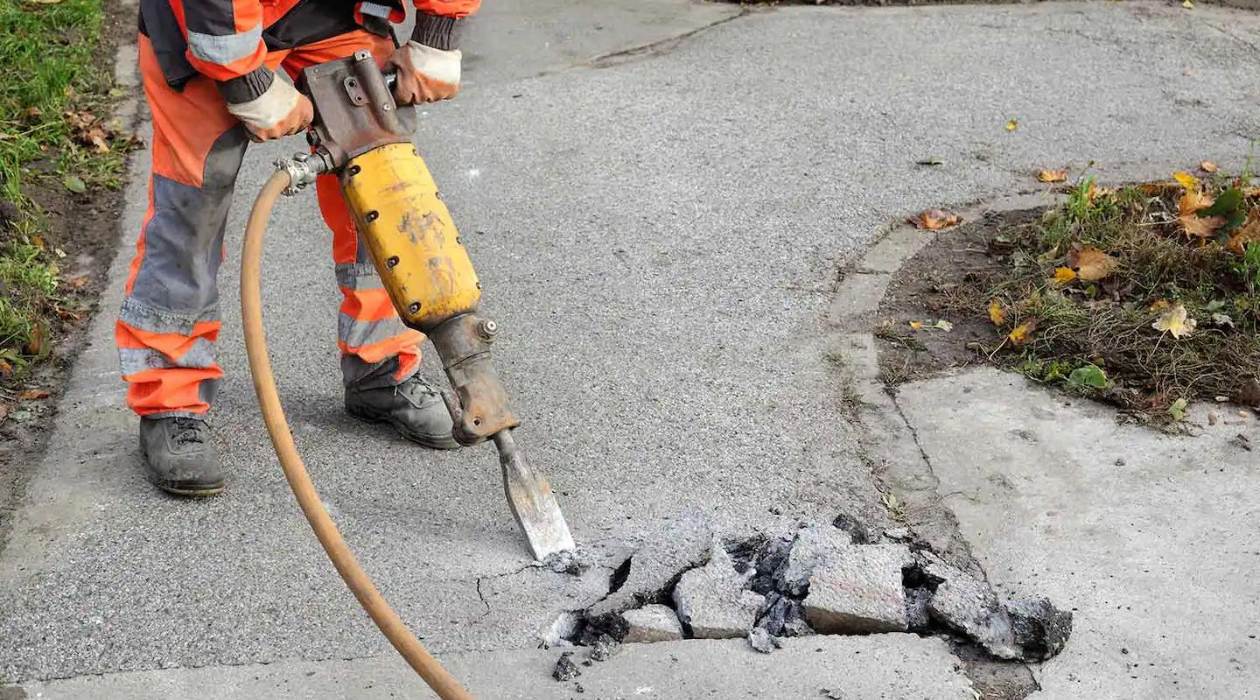
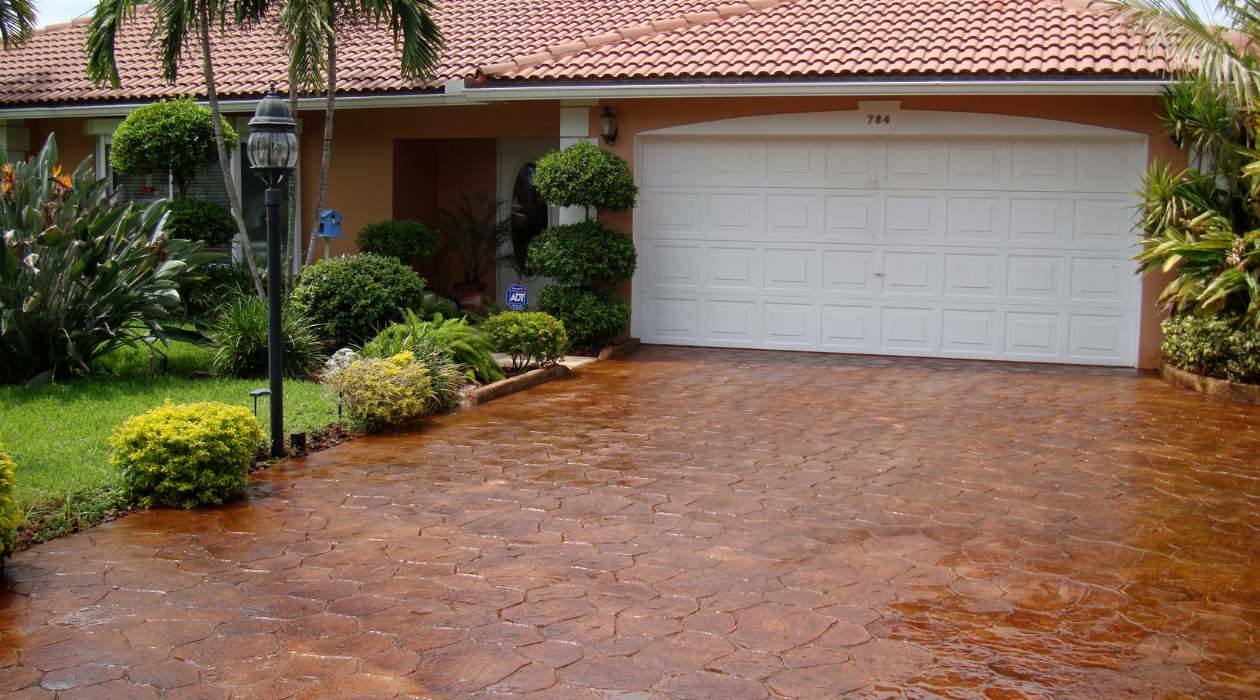
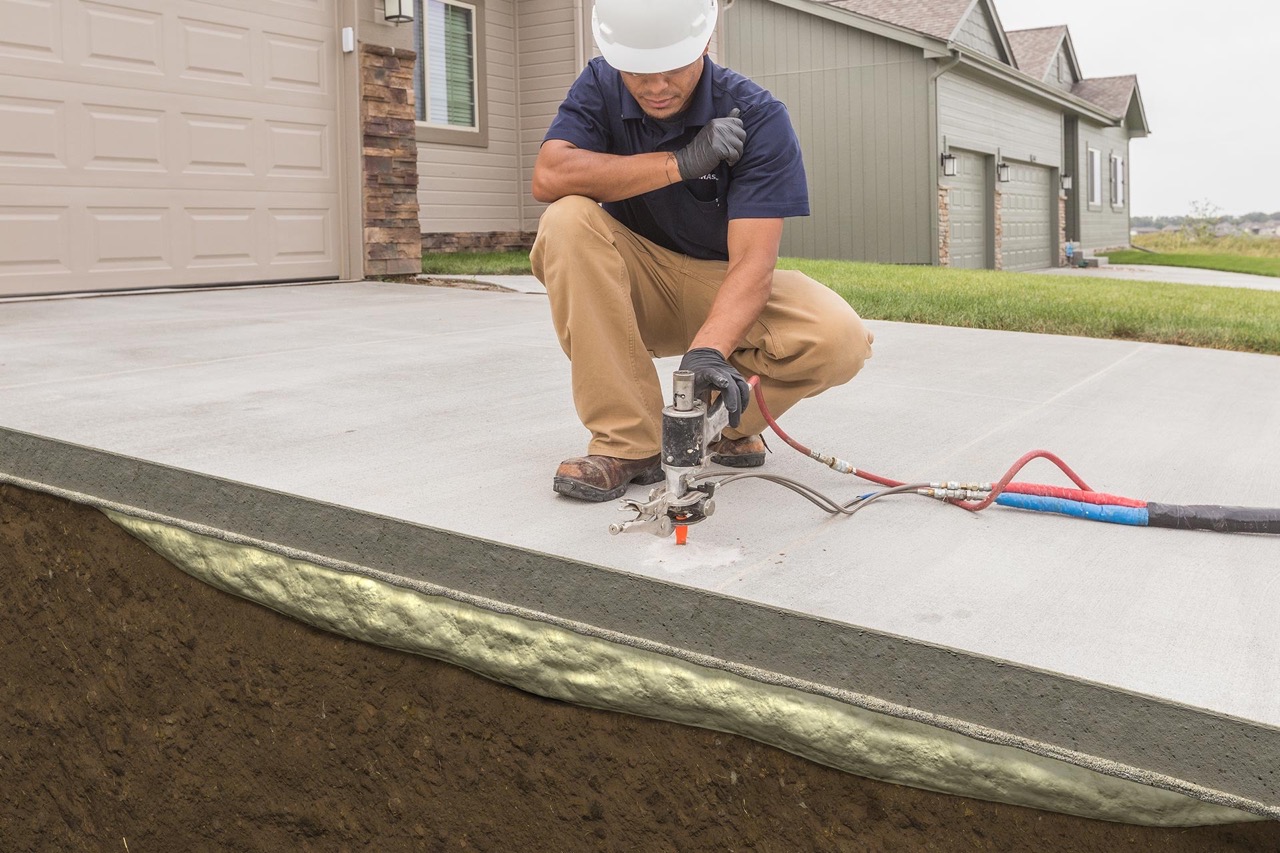
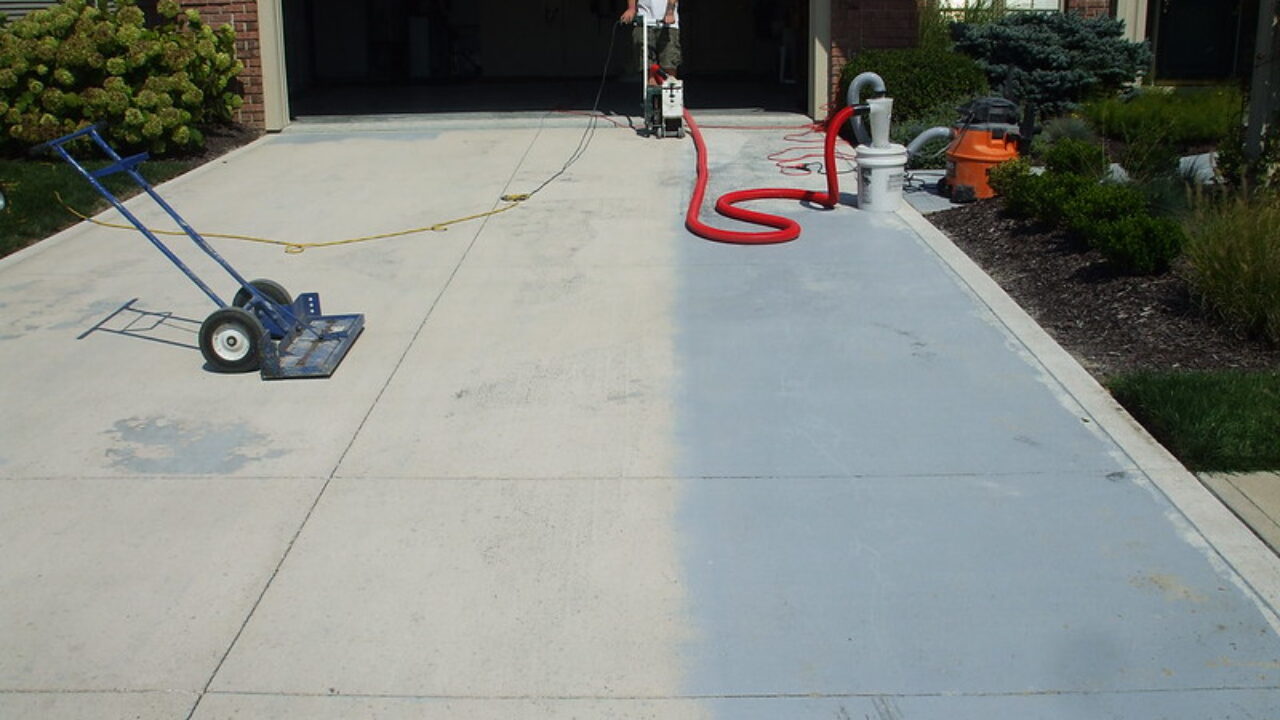
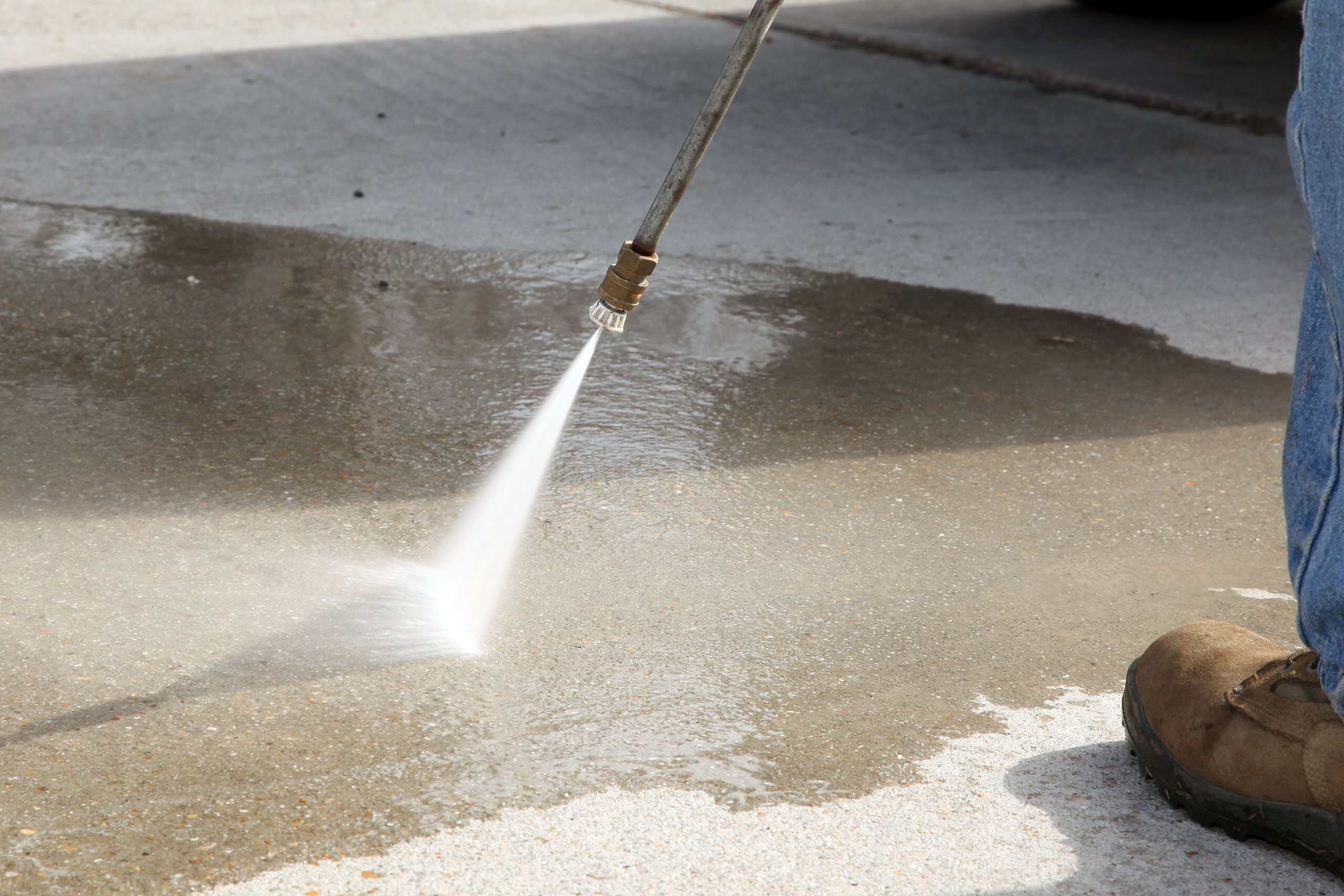
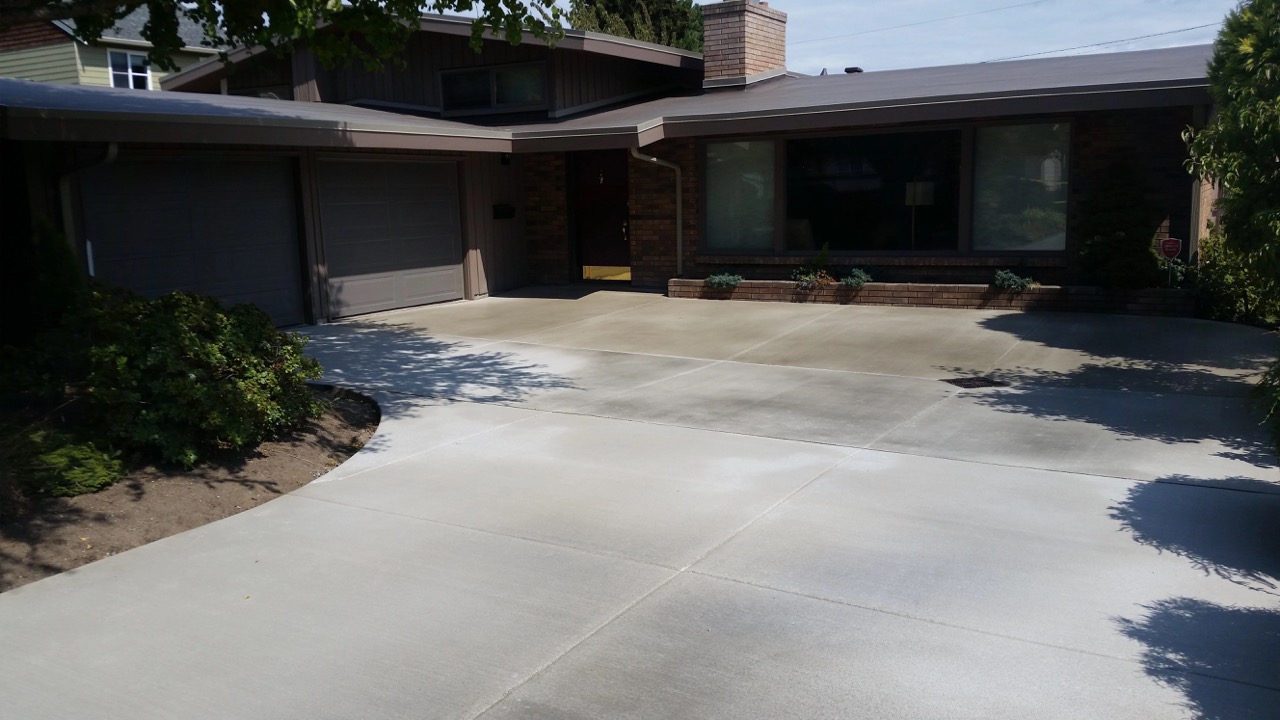
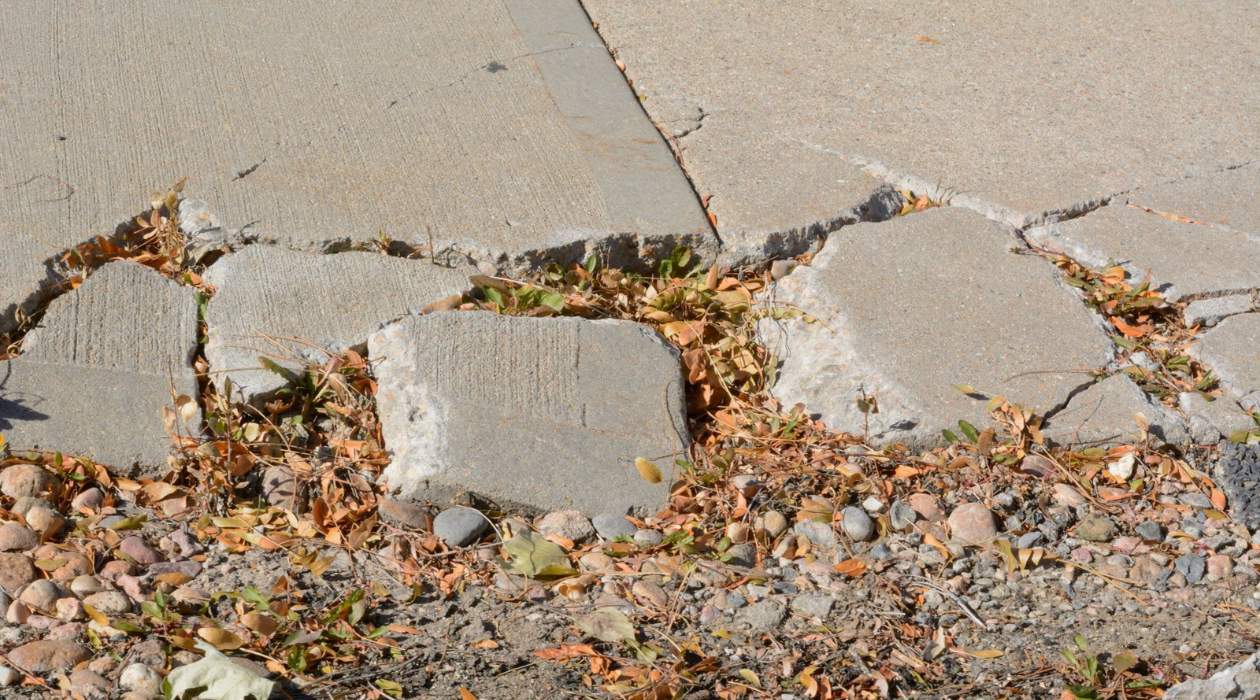
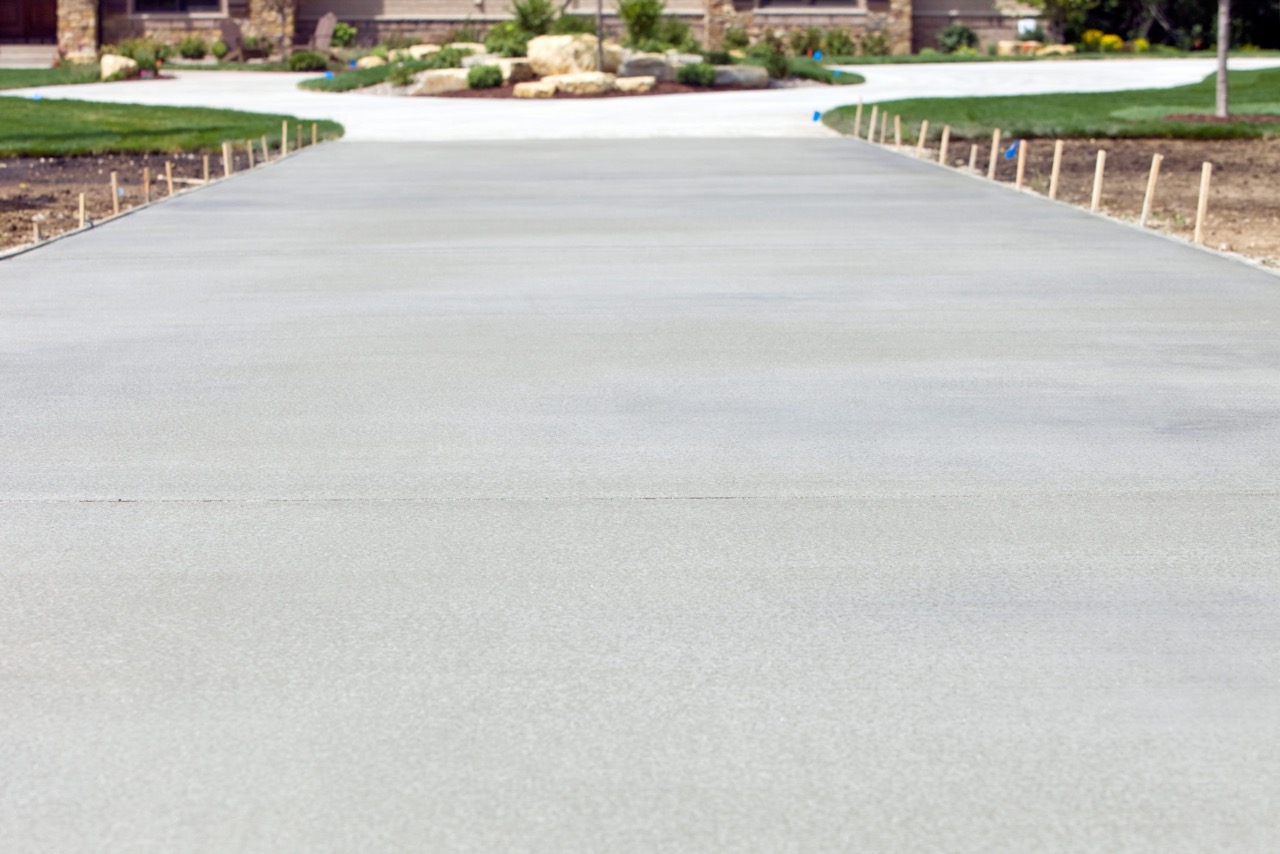
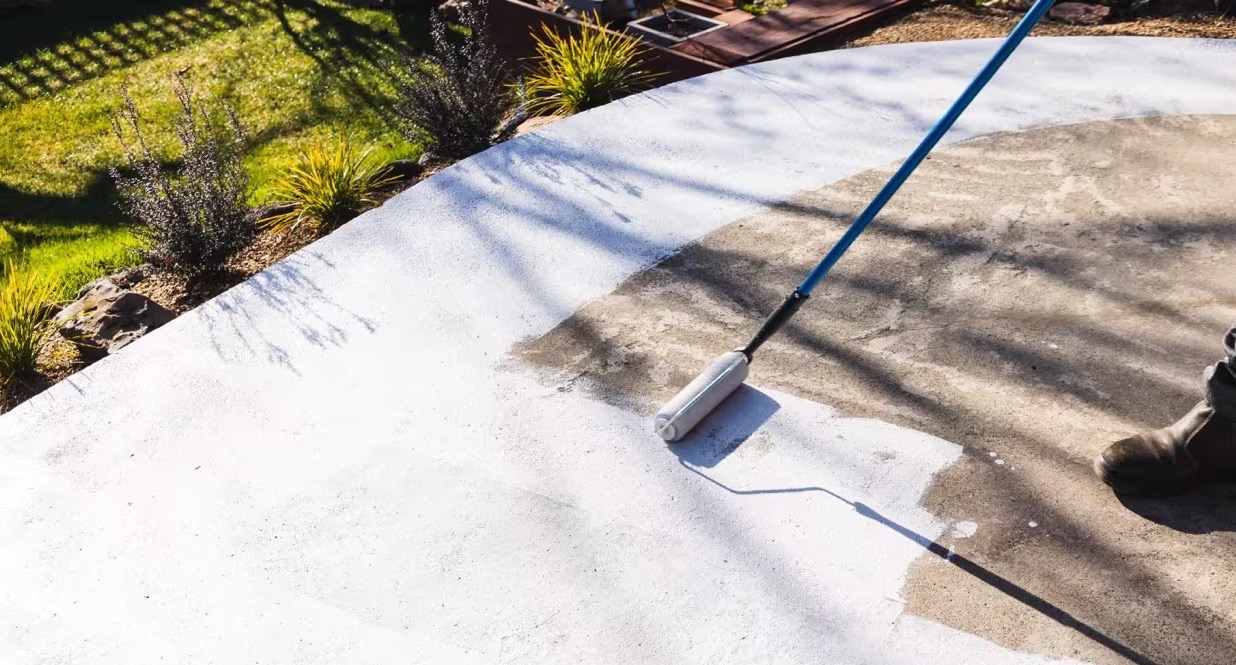
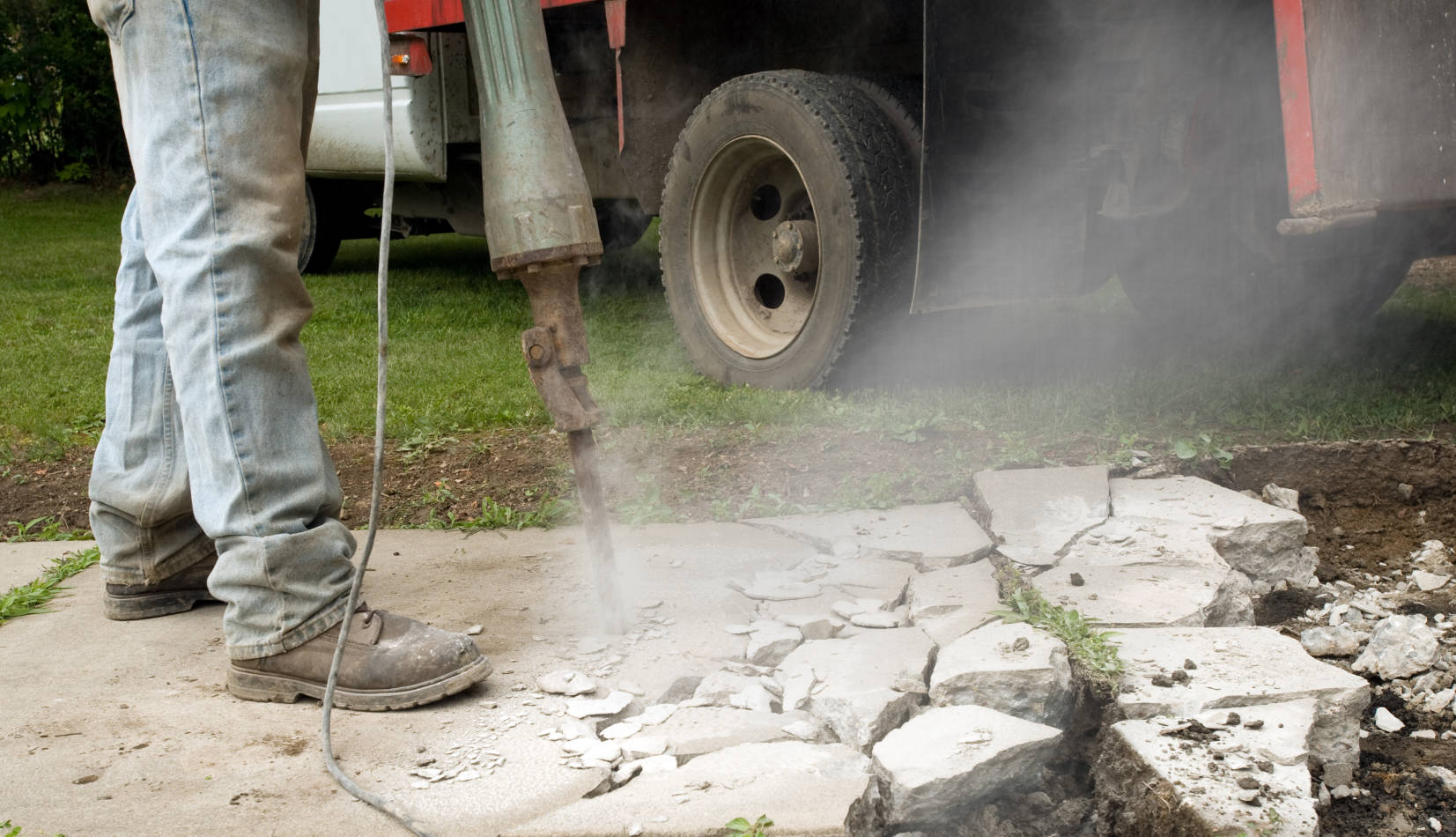
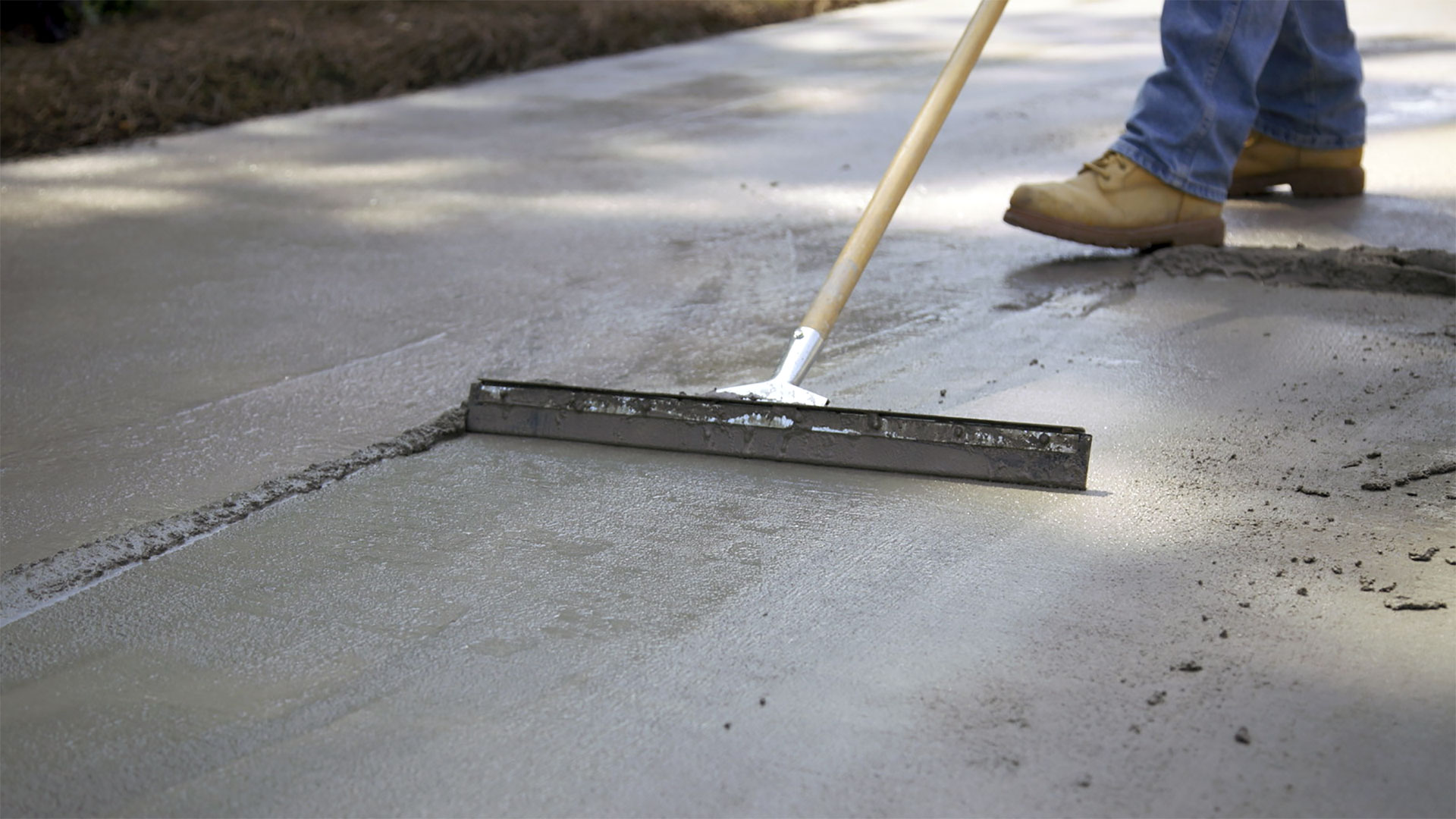
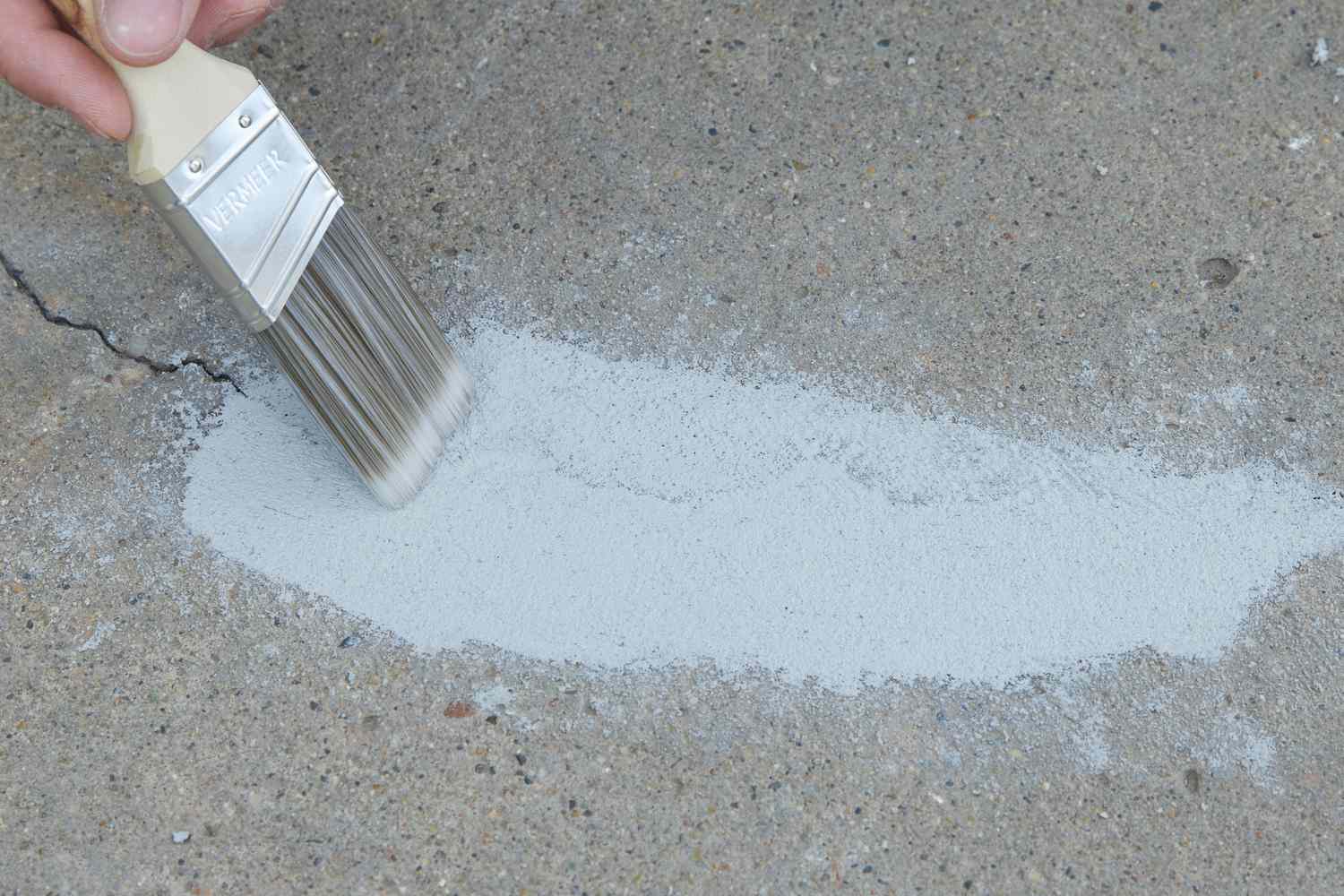
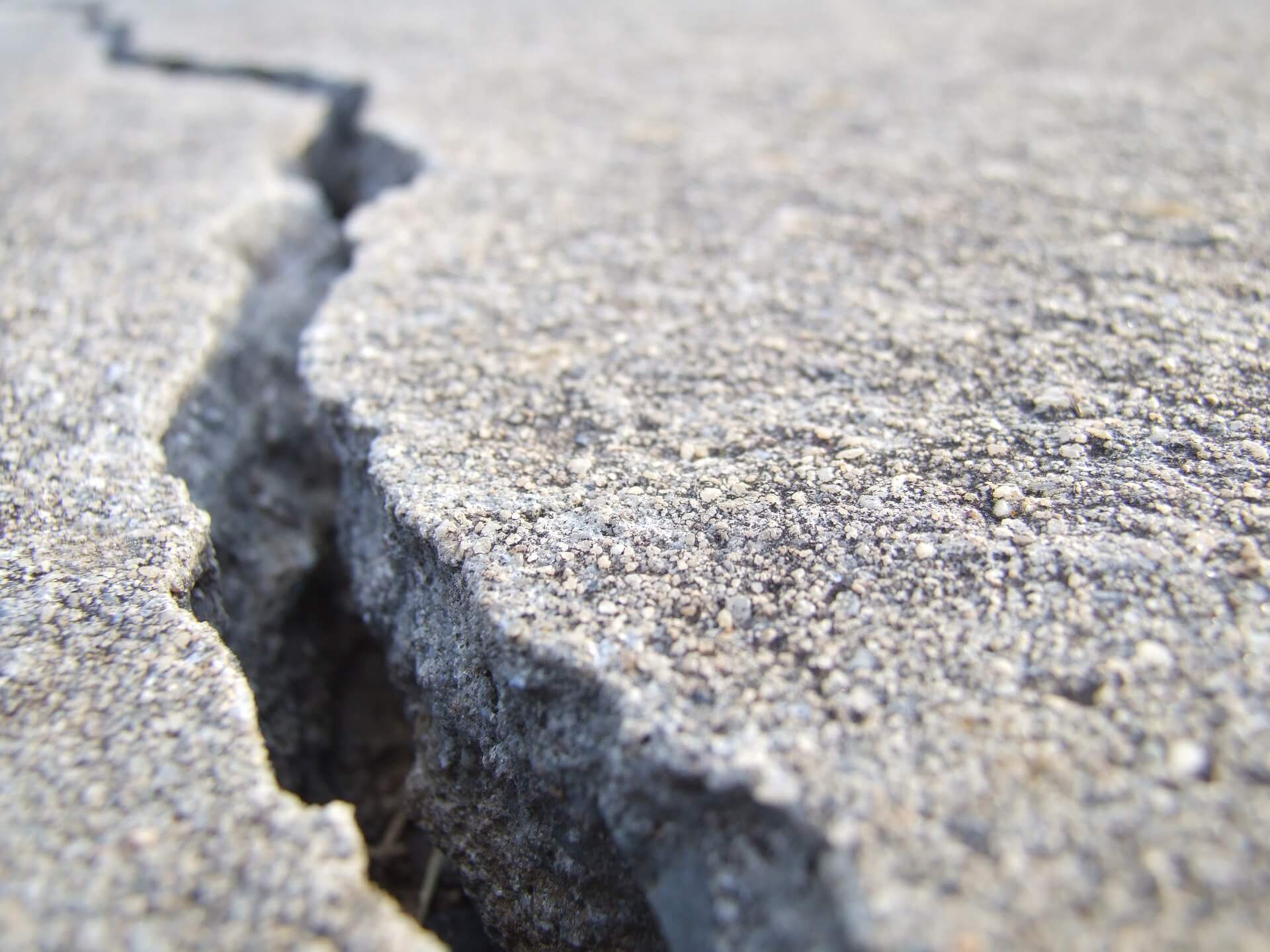

0 thoughts on “How To Remove Oil Stains On A Concrete Driveway”